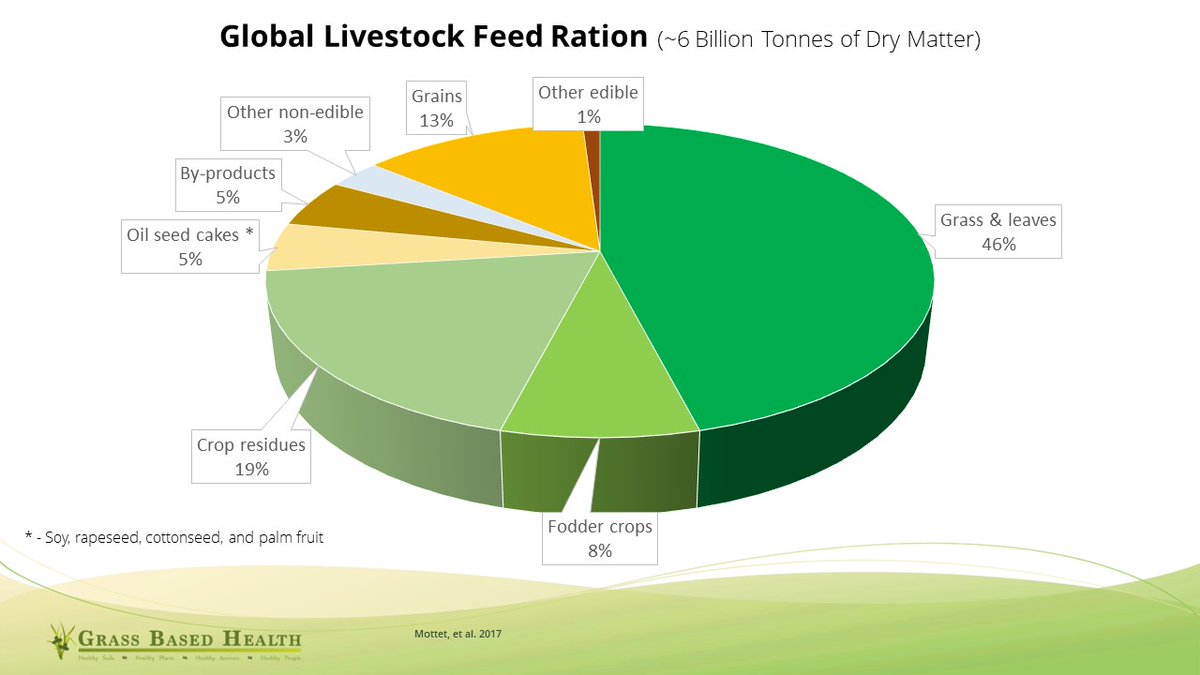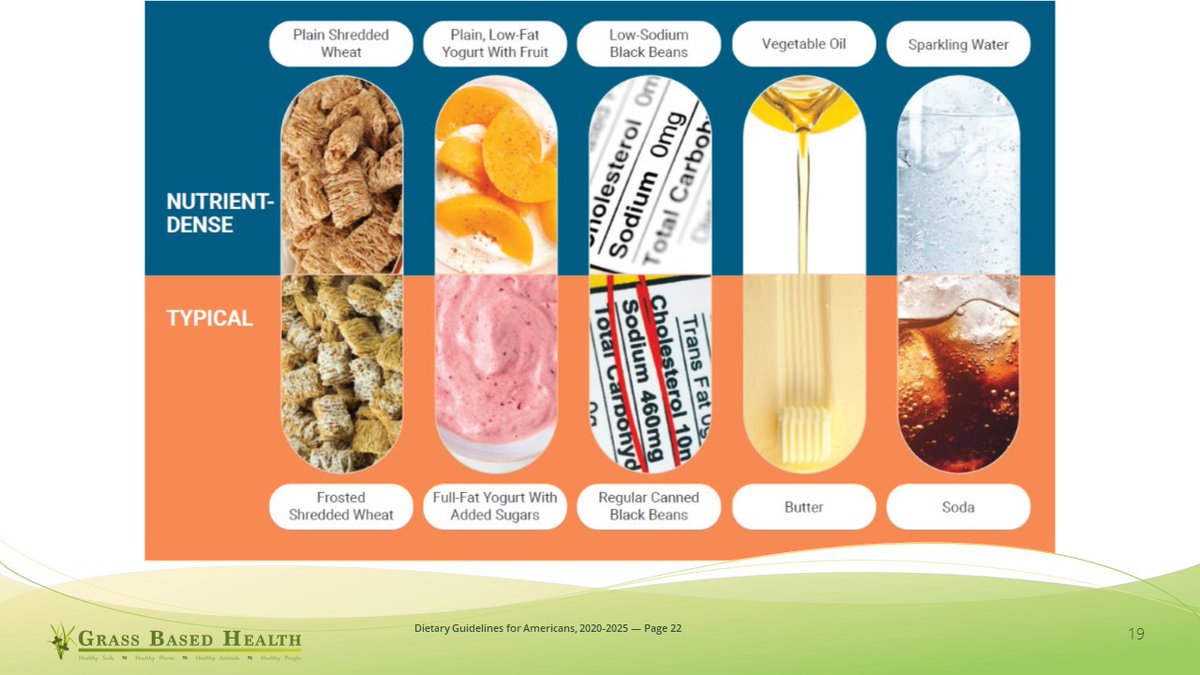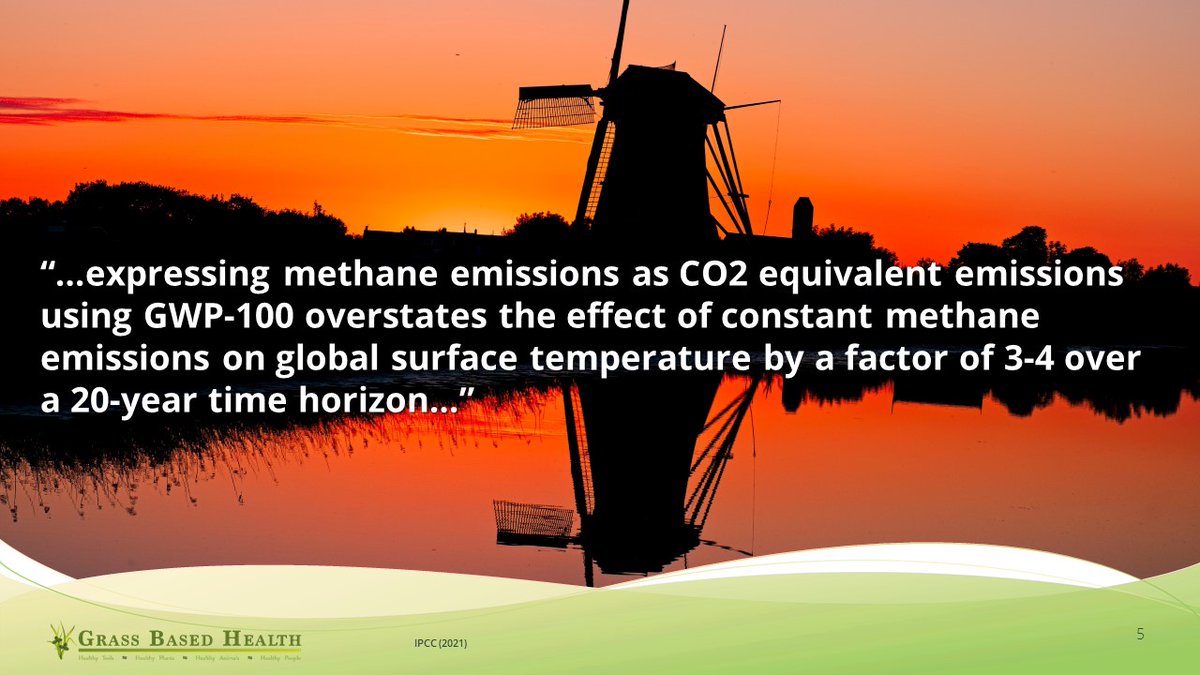1/4 Thought for our time:
"Experts should be on tap, not on top."
@fleroy1974 tweeted this '02 paper "The arrogance of preventive medicine" cmaj.ca/content/167/4/…. While it's focus is the hormone replacement therapy debacle, *perhaps* we can add a few others to the list 🤔😏🤠
"Experts should be on tap, not on top."
@fleroy1974 tweeted this '02 paper "The arrogance of preventive medicine" cmaj.ca/content/167/4/…. While it's focus is the hormone replacement therapy debacle, *perhaps* we can add a few others to the list 🤔😏🤠
2/4
"I place the blame directly on the medical “experts” who, to gain private profit (from their industry affiliations), to satisfy a narcissistic need for public acclaim or in a misguided attempt to do good, advocate “preventive” manoeuvres that have never been validated...
"I place the blame directly on the medical “experts” who, to gain private profit (from their industry affiliations), to satisfy a narcissistic need for public acclaim or in a misguided attempt to do good, advocate “preventive” manoeuvres that have never been validated...
3/
... in rigorous randomized trials. Not only do they abuse their positions by advocating unproven “preventives,” they also stifle dissent. Others, who should know better than to promote “preventive” manoeuvres without clinical trials evidence, are simply wrongheaded."
... in rigorous randomized trials. Not only do they abuse their positions by advocating unproven “preventives,” they also stifle dissent. Others, who should know better than to promote “preventive” manoeuvres without clinical trials evidence, are simply wrongheaded."
4/4
Any of that sound familiar?
Any of that sound familiar?
• • •
Missing some Tweet in this thread? You can try to
force a refresh





















